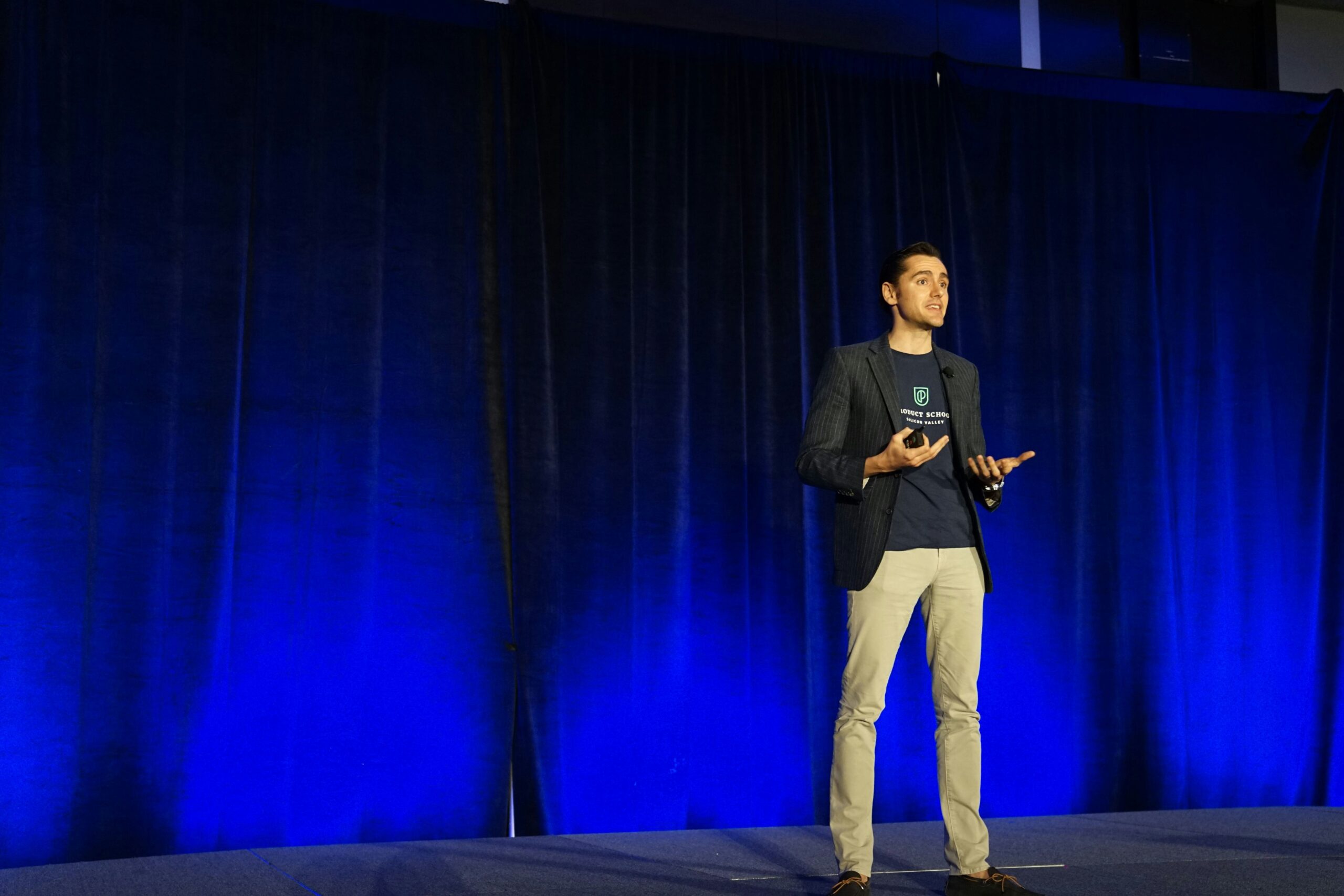Just like reading a Paper24 review can help you nail your next essay, mastering public speaking can be a game-changer for your college life and beyond. The fear of public speaking, or glossophobia, is incredibly common among students. It’s that stomach-churning, palm-sweating moment you dread.
Yet, with the right tips and tricks, you can transform this fear into confidence. Let’s see how you can do it.

Crafting Your Success Story in Your Mind
Visualization is not just daydreaming; it’s a powerful tool used by athletes, performers, and, yes, public speakers.
The trick is to get into the details. See yourself walking confidently onto the stage, feel the microphone in your hand, hear the clarity in your voice, and visualize the audience’s engaged expressions.
This mental practice can be as effective as the real thing because your brain doesn’t distinguish much between vivid visualization and actual experience. By repeatedly visualizing a successful speaking event, you condition your mind to believe in that success. It’s like programming your brain for victory.
You’ll be amazed at how this mental rehearsal reduces anxiety.
Turning Anxiety Into a Performance Booster
Nervous energy before a public speech is totally normal; you just need to channel it effectively.
Think of this energy as a reservoir of untapped potential. When you’re feeling nervous, your body is gearing up for action – your heart rate increases, and your adrenaline levels rise.
Instead of trying to calm down completely, redirect this energy into your presentation. Let your gestures be more animated, your voice more passionate – let your nervous energy bring vibrancy to your speech.
It’s like harnessing the wind to sail a boat; with the right direction, what once held you back can now propel you forward.

Mastering the Art of Strategic Silence
The ‘pause’ in public speaking is like the space between notes in a piece of music – it’s where the magic happens.
Many fear silence during their speech, perceiving it as awkward or a sign of forgetfulness. However, when used strategically, a pause can be a powerful tool. After a particularly important point or statement, a pause allows the weight of your words to sink in.
Moreover, pauses can help you regain control if you’re feeling overwhelmed. If you start to feel the speed of your speech picking up ‒ a common symptom of nervousness ‒ inserting a pause gives you a moment to breathe and collect your thoughts.
The silence of a pause can speak volumes and adds a layer of sophistication to your public speaking skills.
Turning Your Speech Into a Conversation
Interactive engagement is about shifting your speech from a monologue to a dialogue. It involves the audience in your presentation, making it a shared experience rather than a one-way stream of information. This can be particularly effective in alleviating the pressure you might feel as the sole focus of the audience’s attention.
Engaging with your audience can take various forms. It could be as simple as asking rhetorical questions to provoke thought or conducting quick polls to gauge opinions.
It transforms the dynamic of public speaking, making it more like a conversation among peers rather than a high-pressure performance. This not only eases your anxiety but also makes the experience more enjoyable and memorable for everyone involved.

Building Confidence One Step at a Time
Find a safe space to practice ‒ anywhere you feel comfortable and free from judgment. It could be:
- Your dorm room, speaking in front of a mirror to observe your body language and facial expressions;
- A small gathering of close friends or family members who can provide supportive and constructive feedback;
- Virtual platforms, like video calls with a buddy, where you can practice speaking in front of a camera;
- Public speaking clubs or workshops on campus where you’re surrounded by peers who are learning just like you.
In these safe spaces, you can experiment with different styles, tones, and paces of speaking. You can try out jokes, dramatic pauses, and storytelling techniques to see what works best for you.
Maybe first, you’re just reading out loud to yourself, then presenting to a friend, and eventually, speaking in front of a larger group.
Practicing in such environments helps build your confidence. Each positive experience is a step forward in overcoming your fear of public speaking.
The goal isn’t to get rid of nervousness completely but to build your ability to manage and channel it effectively.
In Closing
Conquering public speaking fear as a student is all about preparation, mindset, and technique. By visualizing success, harnessing your nervous energy, mastering the art of the pause, engaging with your audience, and practicing in safe spaces, you can become a more confident and effective speaker.
Public speaking is a skill, and like any skill, it gets better with practice and patience. So, step up, speak out, and let your voice be heard!